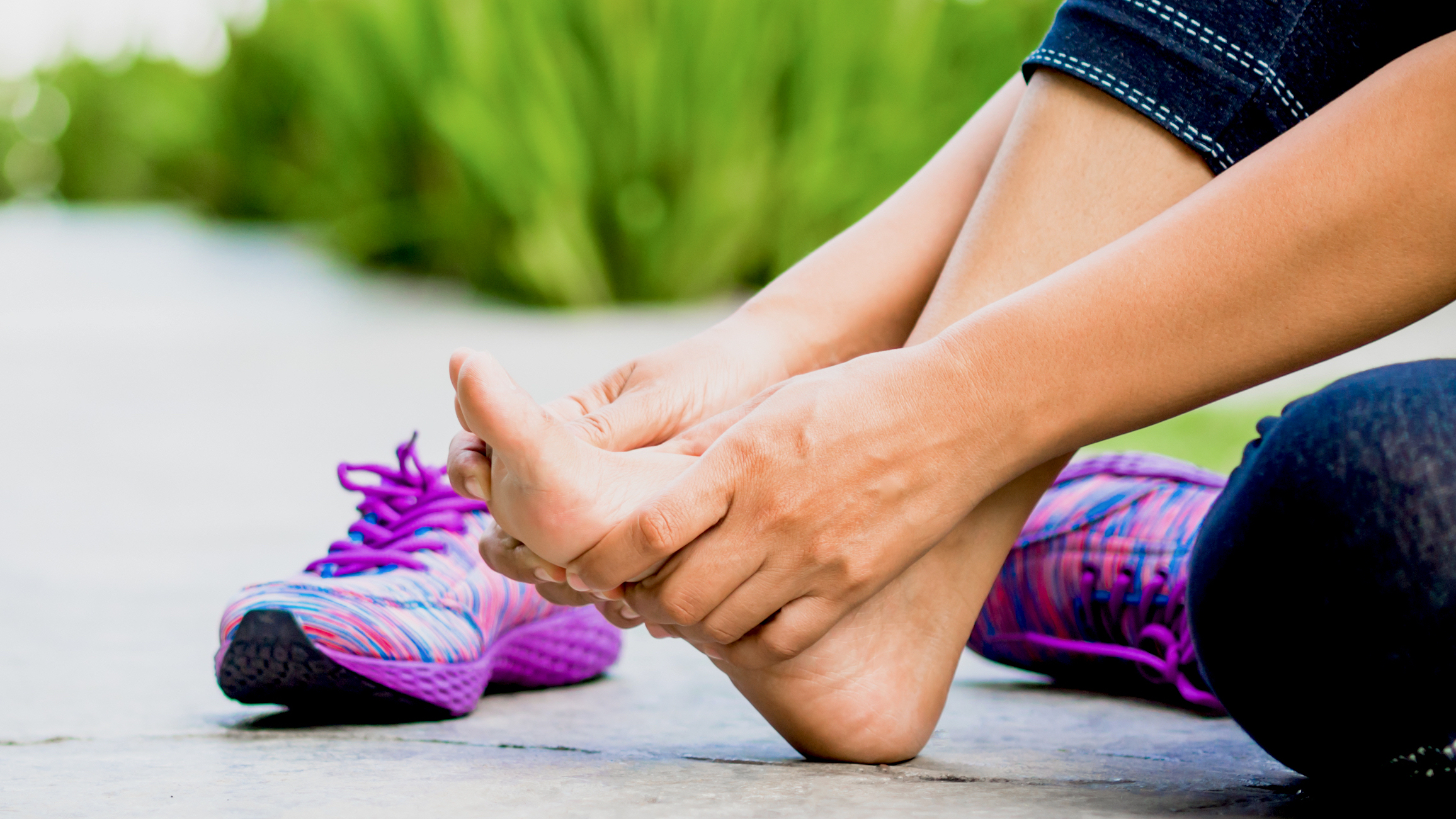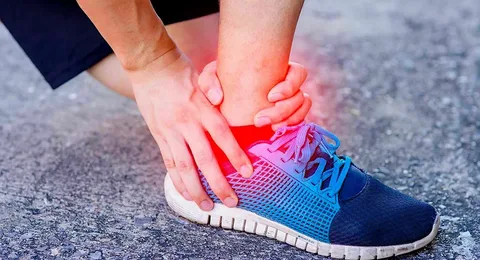Wearing heels is one of the most stressful activities for your feet. It can cause plantar fasciitis, bunions, and other foot conditions. If you are looking for an alternative to wearing heels for plantar fasciitis while still looking fashionable, these shoes will support your foot and ankle. But, if you have plantar fasciitis or a similar foot condition, you should reconsider wearing heels. In addition to causing other problems with your feet, such as bunions and calluses, wearing high-heeled shoes can put extra strain on your plantar fascia.
Support Your Arch
If your arch is supported, you can walk with less pain. The heels provide support for your foot and ankle. The heel provides stability to the foot, which helps to prevent overpronation or twisting of the ankle when walking or running. It can reduce pain in the heel region by helping stabilize your arches and keep them from collapsing inwardly as you move about during exercise.
The shoe’s arch support will also help prevent and treat plantar fasciitis. It is because it keeps your arches and ligaments from being overstretched, which can cause pain in the heels. It will have a strong heel cup and arch support. It will help to stabilize your arches and prevent them from collapsing during exercise. The shoe should also be made of lightweight, breathable materials, such as mesh fabric or leather.
Provide Compression
Heels provide compression to the foot and ankle. It helps to support your arch, reducing swelling and pain. It also improves circulation, which can help prevent further injury to your plantar fascia. The best way to avoid plantar fasciitis is with proper footwear. Proper footwear will have a high-quality insole that provides arch support and cushioning. It should also have a firm heel cup and lateral support. The shoes should be lightweight, breathable materials, such as mesh fabric or leather.
If you’re wearing heels for plantar fasciitis, make sure they have a good heel lift (a thick part of the sole) so that when you walk, there is enough space between your heel bone and the floor. It will prevent excessive stress on other parts of your foot, like toes or arches, which could lead to more severe problems like bunions or calluses.
Heel Support For Plantar Fasciitis Encourage Blood Flow
Plantar fasciitis is a condition that causes pain in the heel and sole of your foot. It can be caused by overuse or poor-fitting shoes, but it’s most common among runners and athletes who put lots of stress on their feet. Heel support for plantar fasciitis helps support your foot and ankle by applying pressure directly under your arch where you need it most, which can relieve some of your symptoms while also keeping you comfortable when walking around all day long!
Plantar fasciitis can be a painful condition that affects your feet and ankles, but it doesn’t have to be. You can prevent or minimize your symptoms by wearing the right shoes and getting regular exercise. Plantar fasciitis is a common condition that causes pain in the bottom of your foot. It usually develops after long periods of standing or walking and can also be brought on by running or jumping activities.
 They Help You Run Faster And Farther
They Help You Run Faster And Farther
Heels help to provide support for your foot and ankle. Heels for plantar fasciitis are an excellent way to get you moving again, and they can help you run faster and farther than ever! They are a perfect way to get back into running. They provide stability and support for your foot and ankle, helping you avoid injury. Heels are a great way to get back into running. They provide stability and support for your foot and ankle, helping you avoid damage heels for plantar fasciitis help to provide support for your foot and ankle.
Best Support For Plantar Fasciitis Promotes Good Posture
Plantar fasciitis is a common foot problem when the tissue connecting your heel to your toes becomes inflamed. The best way to prevent or treat this condition is with proper footwear, which can help support your foot and ankle. The best support for plantar fasciitis helps support those who suffer from heel pain due to their high arches and cushioned insoles that absorb shock as you walk or run.
If you suffer from plantar fasciitis, you should wear shoes with a solid heel, light and flexible, and good arch support. Heels offer extra cushioning and support to help prevent strain on your arches. You can also try insoles that provide additional arch support or gel inserts that take some pressure off your foot.
If you’re looking for heels that can help ease the pain of plantar fasciitis, we have a wide selection of specially designed shoes with comfort and support in mind. Browse our women’s shoes today to find the perfect pair of heels for your needs.
They Improve Balance
Heels help by supporting your foot and ankle, making it easier to stand up straight and keep your posture straight. It enables you to maintain a good center of gravity, making it easier than wearing flats or sneakers when walking on slippery surfaces such as ice or wet grass.
Heels also provide extra stability when walking up or down stairs or on uneven terrains like gravel paths or cobblestone streets. You’ll be less likely to trip over a rock in heels than if you were wearing flats! Heels also help with jumping and landing because they give more cushioning at impact points in these movements, meaning there is less risk of injury from falling while wearing them!
Heels can help with muscle imbalances by increasing your range of motion in your ankles, calves, and hips. By wearing heels, you’ll be able to stretch out the muscles in these areas without having to use other exercises. It helps you prevent injury from overuse injuries such as tendinitis or tendonitis.
They Make Your Legs Look Longer
Another benefit of heels is that they make your legs look longer. The higher you are off the ground, the less there is between your feet and eyes (and vice versa). You can use this fact to your advantage by wearing heels when you want to give yourself an instant boost in height. Heels also make your legs look toned and shapely by adding some length to them without sacrificing their overall shape.
The main benefit of heels is that they make your legs look longer. The higher you are off the ground, the less there is between your feet and eyes (and vice versa). You can use this fact to your advantage by wearing heels when you want to give yourself an instant boost in height.
Conclusion
Wearing heels for plantar fasciitis is a great way to help your feet. The shoe can support your arch, ankle, and calf muscles. The high heel will compress these areas, which helps with inflammation of the plantar fascia and pain relief. Also, wearing heels will improve posture, reducing stress on your lower back muscles while walking or standing upright on those painful days when nothing else seems to work anymore!
Related Websites
Articles on Blogshunt
Articles on Blogseu
Articles on Blogspeoples
Articles on Thebigblogtheory
Articles on Allcityforums

